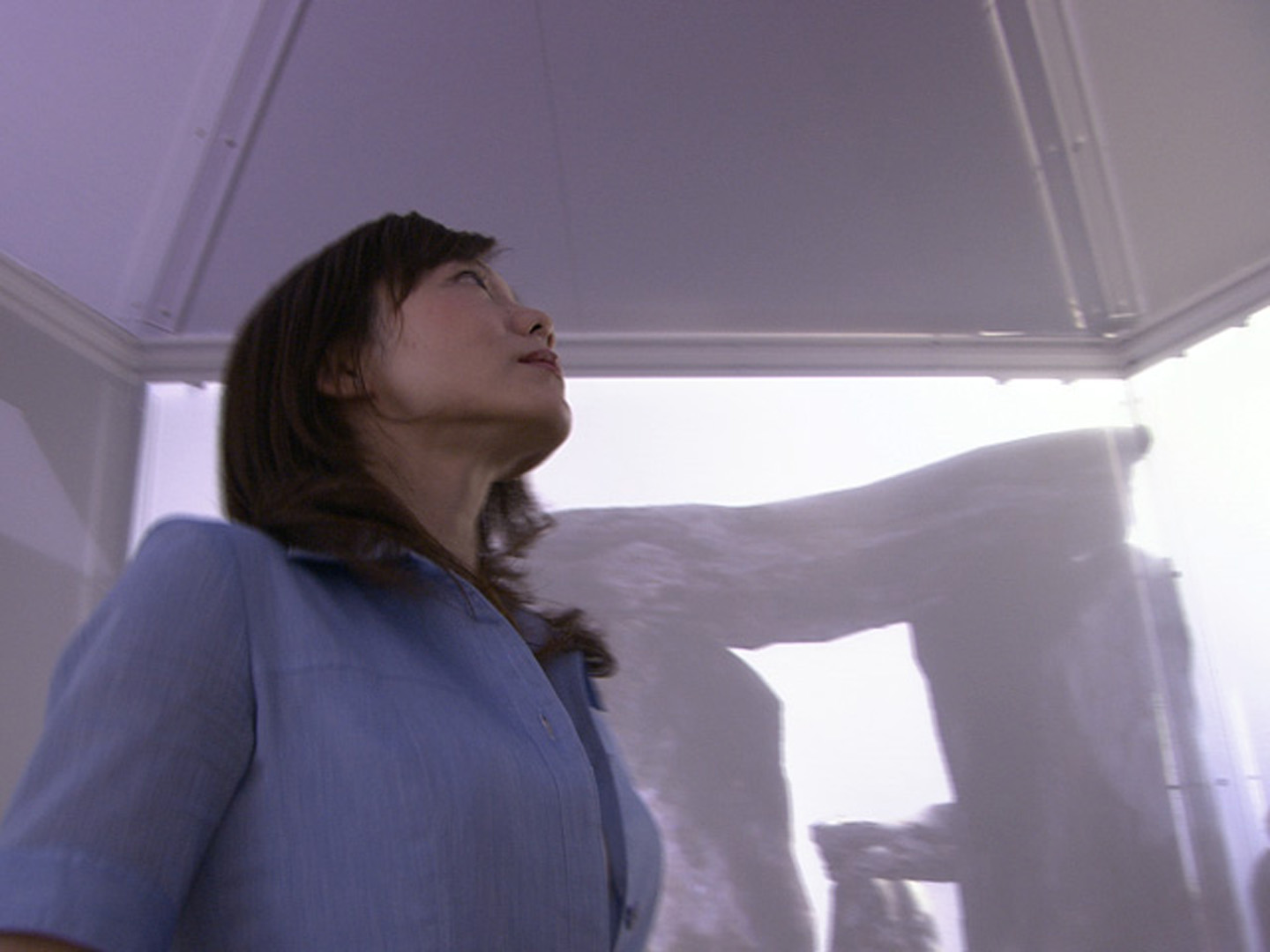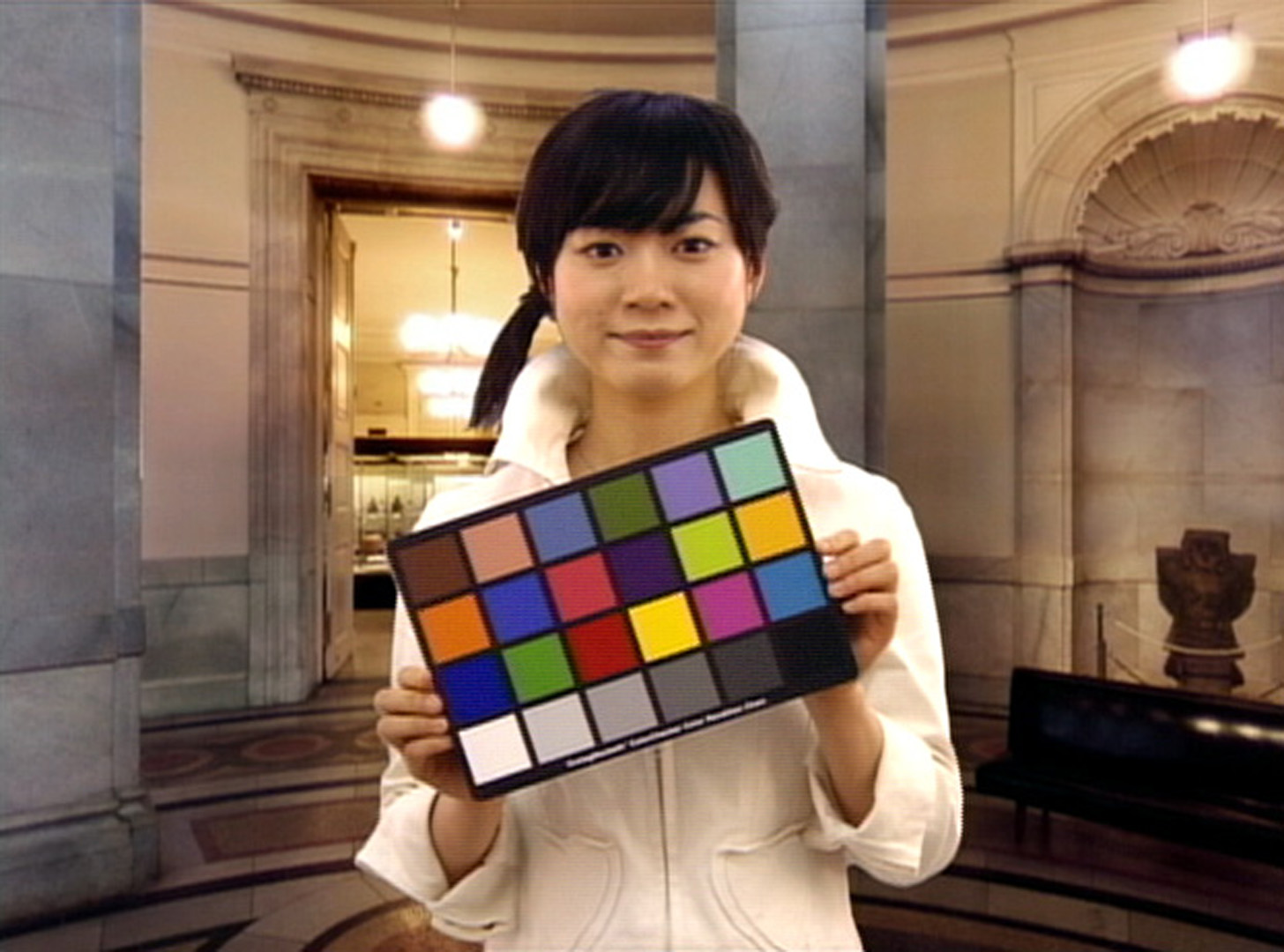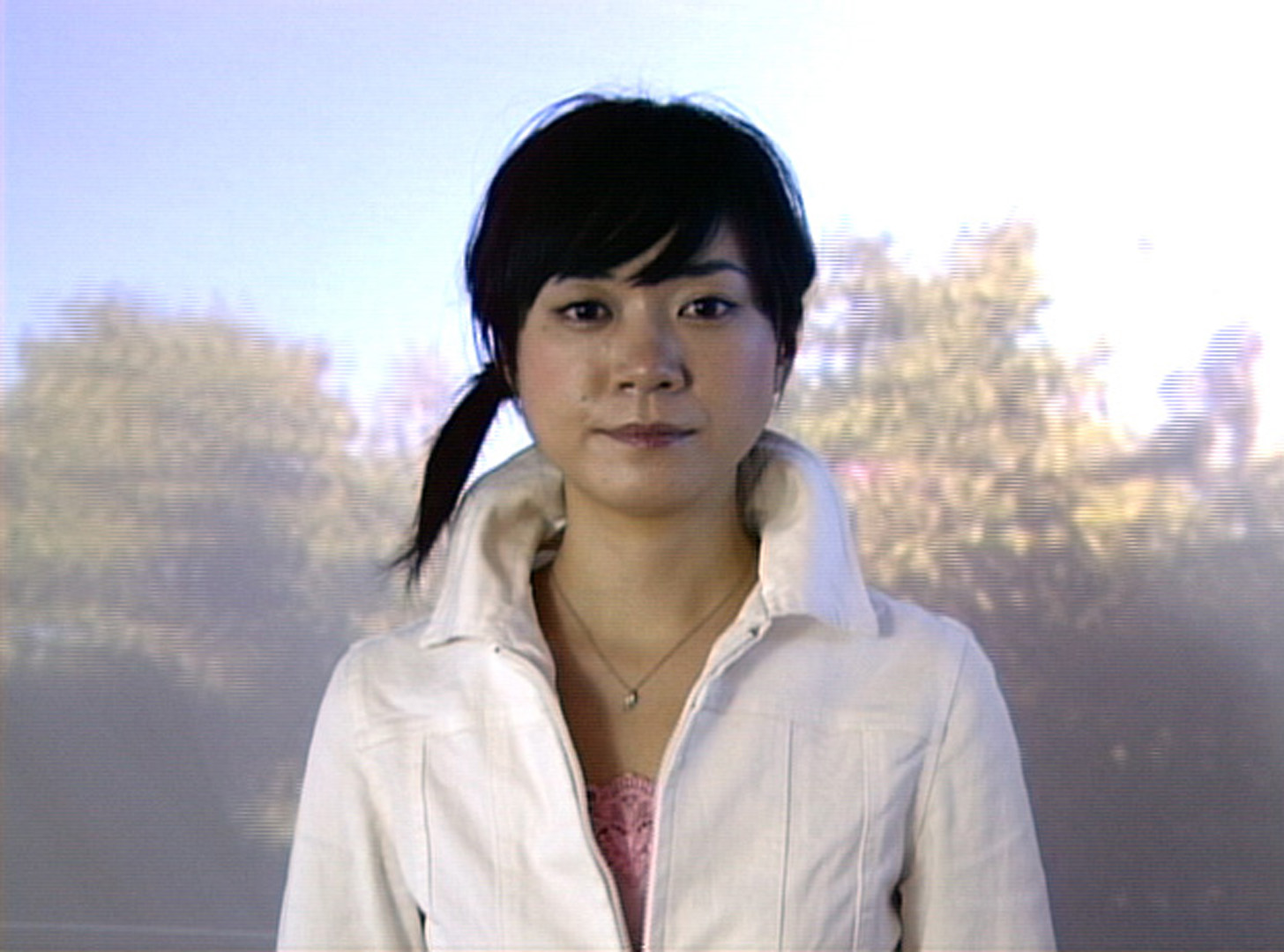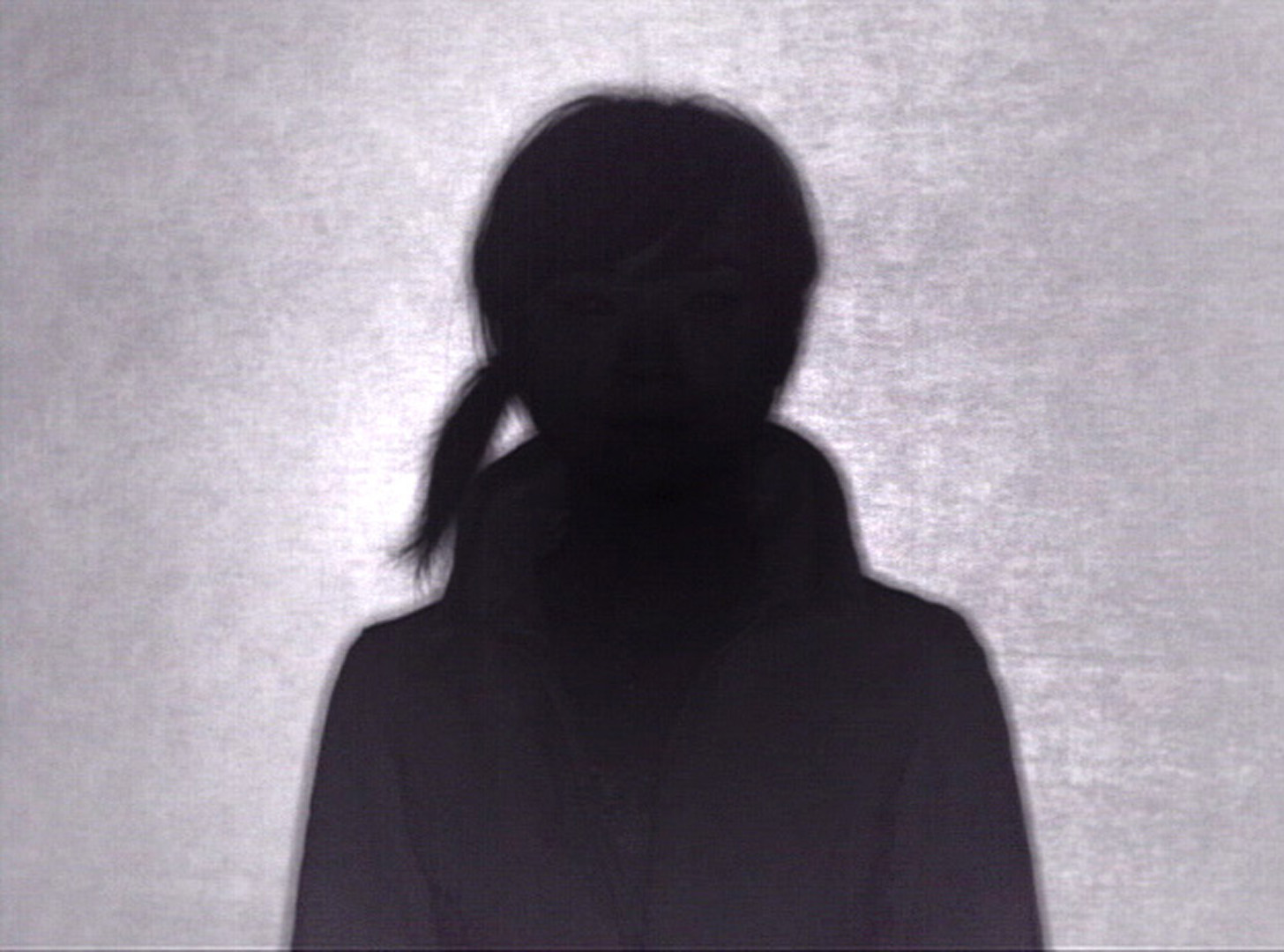“Immersive Virtual Studio” by Mitsumine, Fukaya, Komiyama and Yamanouchi
Conference:
Title:
- Immersive Virtual Studio
Session/Category Title: Augmented and Virtual Reality
Presenter(s)/Author(s):
Abstract:
In recent years, virtual studios that composite camera images and CG images that are in sync with the camerawork are increasingly used for television program production, especially live broadcasting. However, performers often find it difficult to perform as they are unaware of the virtual space. Furthermore, lighting conditions for the camera image and the CG image may not be the same, causing the composite images to appear unnatural. There are also limitations on the production side, depending on the constraining conditions (color of object and lighting condition) in the chroma-key technique. To solve these problems, we surround the performer with screens and then project CG images onto the screens from several projectors like the immersive VR system[Cruz-Neira et al. 1992]. This arrangement displays a virtual space, and the projection beams diffused by the screens give the object the same lighting effects as the virtual space (Fig. 1). This method also produces key signals of the object through the use of a transmission retro- reflective material, an infrared coaxial lighting device, and an infrared coaxial camera. With infrared light, we can combine images without affecting the color of the object and lighting conditions. With the transmission retro-reflective plate used as a virtual- space display screen, we have confirmed the validity of the virtual space display method and the lighting method.
References:
Cruz-Neira, C., Sandin, D. J., DeFanti, T. A., Kenyon, R. V., and Hart, J. C. 1992. The cave: audio visual experience automatic virtual environment. Commun. ACM 35, 6, 64–72.
Debevec, P., Wenger, A., Tchou, C., Gardner, A., Waese, J., and Hawkins, T. 2002. A lighting reproduction approach to live-action compositing. In SIGGRAPH ’02: Proceedings of the 29th annual conference on Computer graphics and interactive techniques, ACM Press, New York, NY, USA, 547–556.










